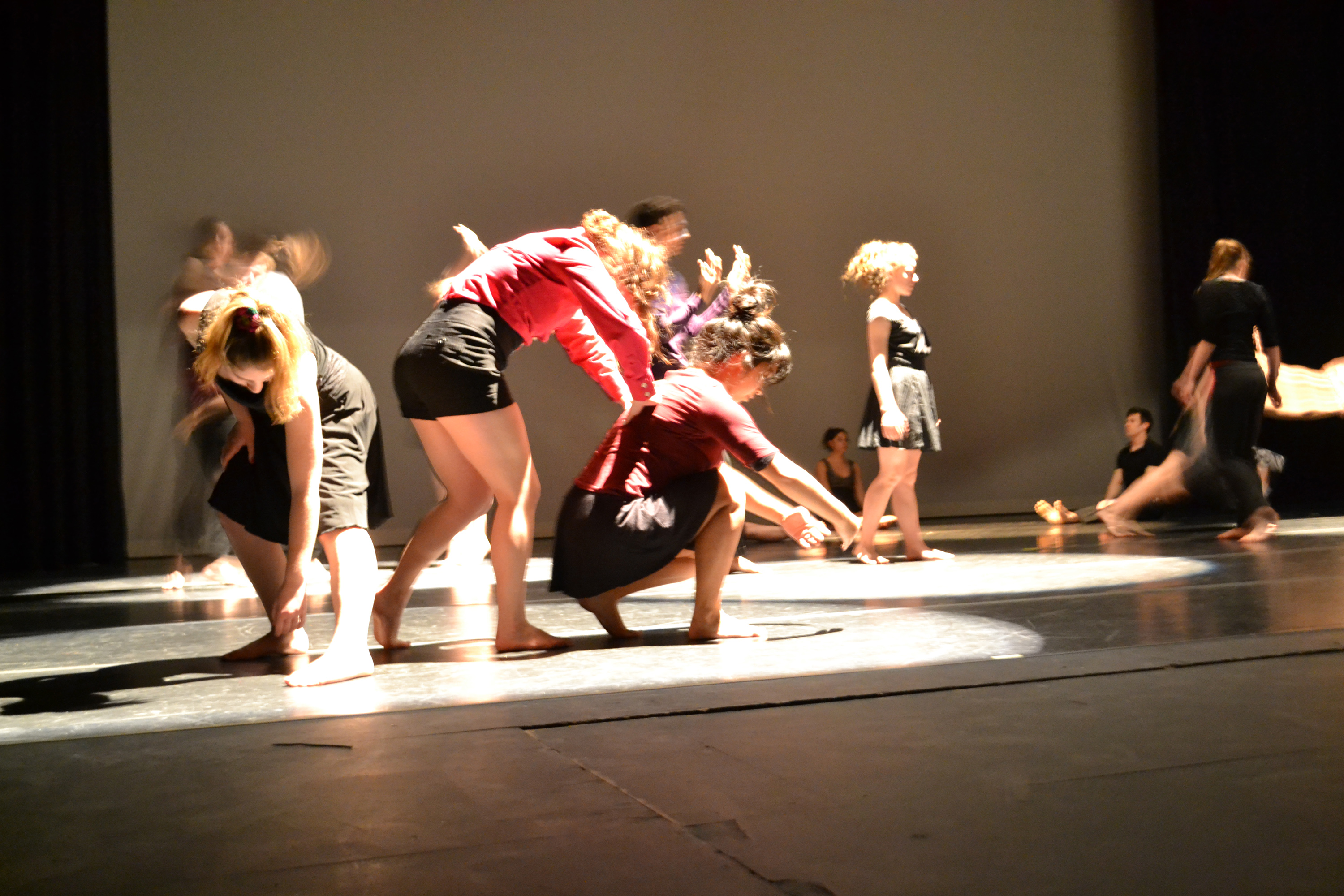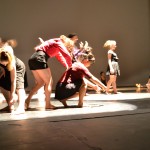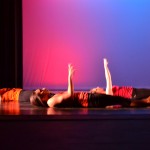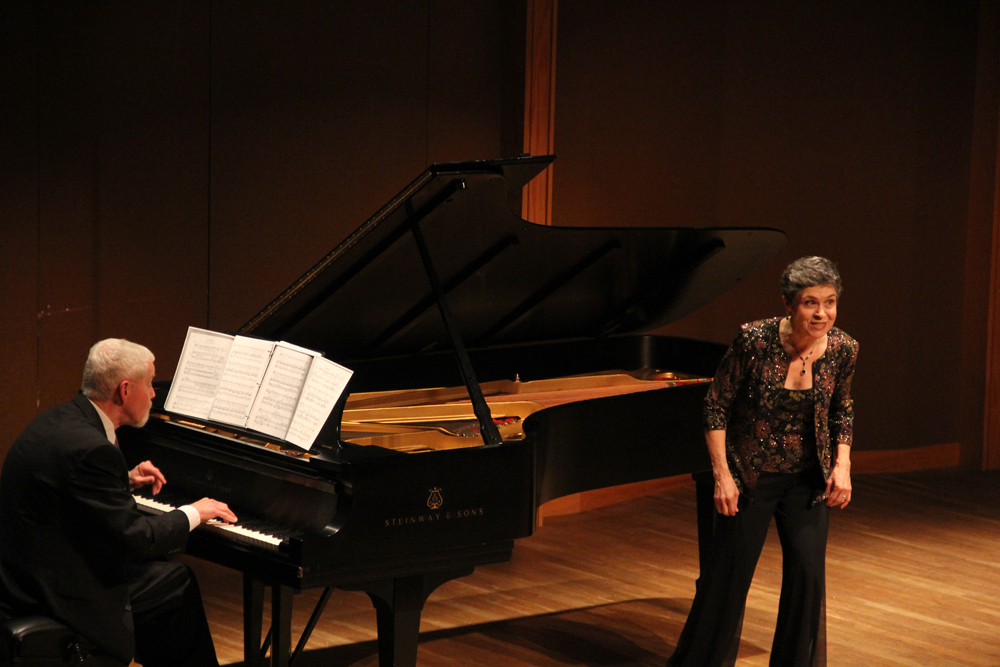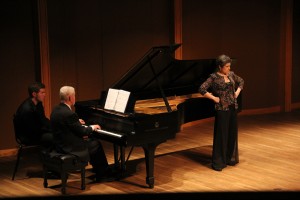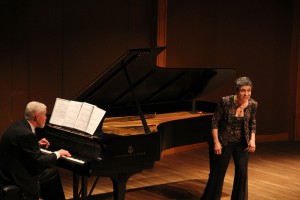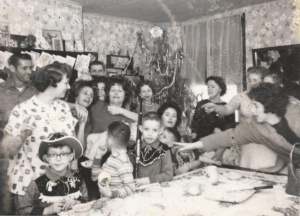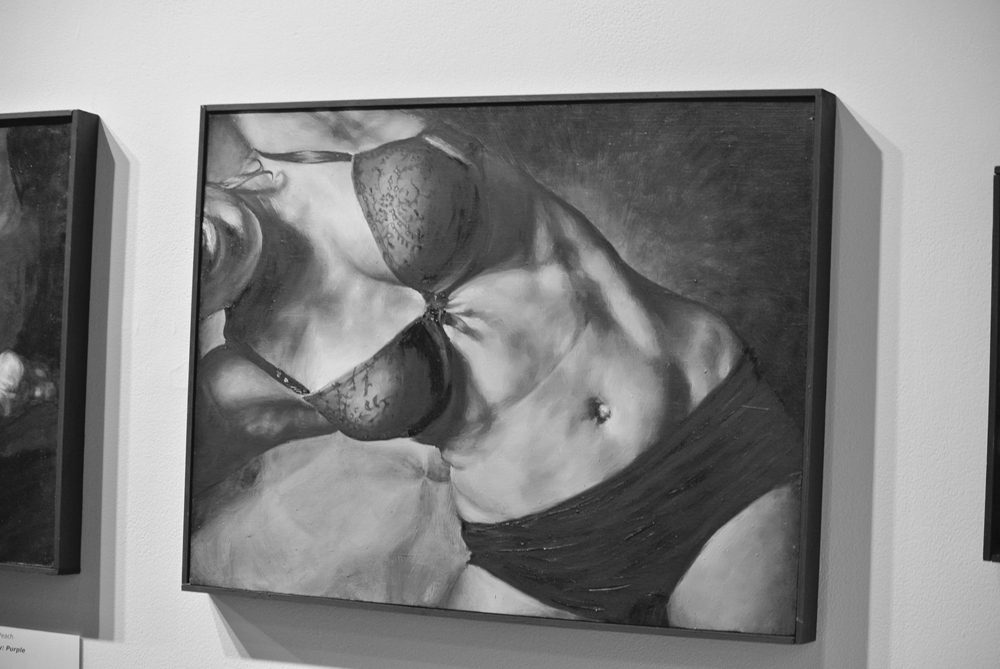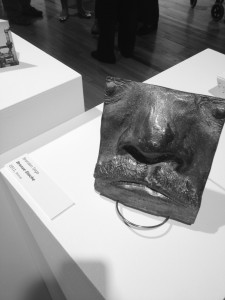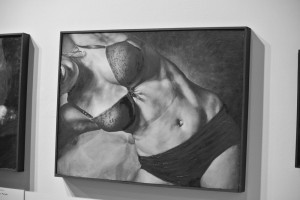By Ellin Youse
Arts & Entertainment Editor
Rashana Smith is a loving wife and a new mother to a seven-month-old baby girl. For fun, Smith is an active member of the Ohio Roller Girls’ Gang Green roller team. She enjoys filmmaking and is a documentary film aficionado, as well as the the owner of an 80 pound Great Pyreneese mix. She’s worked as a freelance dance instructor in Seattle and Texas and received her Masters of Fine Arts from The Ohio State University. Now, she is also the newest addition to Ohio Wesleyan University’s dance department.
Smith joined the OWU community this semester and will be instructing a workshop in Modern Dance, Dance Composition, Technique II and III during the 2013-14 academic year as well as working as the Artistic Director of Orchesis. Although new to OWU, Smith is not new to instructing dance at a university level. Smith has taught at Stephen F. Austin State University in Nacogdoches, Texas, she’s worked at The Ohio State University and Wittenberg University. And while she feels comfortable teaching at a university level because of her past experience, Smith said she feels a real connection to college students because she was one herself when she fell in love with dance.
“I took Ballet and Tap when I was 5-7 years old. And then I played sports. I danced a little bit in a drill team in High School, but it wasn’t until I went to college when I discovered that there was such a thing as Modern Dance and Improvisation,” Smith said. “At the time, I was an art major enrolling in elective courses. I took the standard ballet class and then tried to branch out with something new, which led me to Modern Dance. I was hooked. I changed my major and eventually transferred to University of Texas because it offered a Bachelor of Fine Arts in Dance. After graduation, I continued to dance in Austin with local choreographers before moving to Seattle, Washington where I continued to dance and create work.”
It was in Seattle that Smith developed a love for “all things technology.” Smith said there were no dance programs that directly addressed technology the realms of dance making at that time, so to be able to work in both fields she loved she worked as a technologist during the day and a choreographer, dancer and educator in her free time. After some time living what Smith called a “double life,” she attended The Ohio State University for a unique masters program.
“Eventually, The Ohio State University’s Department of Dance offered a Dance and Technology masters program, which I am pleased to have completed,” Smith said. “I’m happy to be working in the field of dance and incorporating technology as well. I’m also ecstatic to be at OWU where interdisciplinary courses are supported.”
Interdisciplinary courses are just one of many things Smith said she loves about teaching in a liberal arts environment.
“I think I am at my best [in a liberal arts environment]” Smith said. “OWU faculty, staff and students have been very welcoming and generous. The Theatre and Dance faculty in particular have been open to hearing and sharing ideas, which is imperative when developing a dance program.”
As far as comparing OWU to other institutions she’s taught at, Smith said the devotion of OWU students is one quality of the university she finds particularly unique.
“The dance programs of each of the places I’ve taught at are all a little different from each other, so it’s hard to compare,” Smith said. “However, I will say that OWU seems to have a high academic standard of admissions. I’m impressed with this year’s freshmen. In general, I’m impressed with the level of professionalism, technical skill, work ethic, and knowledge of the OWU students as a whole. I enjoy the students’ sense of curiosity and I find myself evaluating how I can continue to challenge them further. It’s a challenge that works both ways.”
The challenge of progressing her teaching and her student’s perspectives in her work is something Smith says cannot come close to the challenge of time. Smith said that no matter where she’s teaching, time is the one demon she always faces.
“I’m not new to teaching at the university level, but the challenge always remains the same – time,” she said. “I am always concerned with making sure each student gets the most out of their classes with me and this involves hours of preparation and meeting with students and colleagues. I love this aspect of teaching; I just wish I had unlimited amount of time for it.”
The challenge of time proved to be particularly present in the planning of this year’s Orchesis concert. The performance is an annual contemporary dance concert that features the work of students, faculty and guest choreographers that is usually held in the spring. However, due to scheduling considerations for Chappelear’s main stage, the concert will be held in the fall this academic year.
Smith said this year’s Orchesis will include works from five student choreographers, a new piece by dance faculty member Marin Leggat and pieces by Smith herself. Leggat was the artistic director for Orchesis in the past, but as she is on leave this year she left the production in the hand’s of Smith.
“We’re in the midst of intense rehearsals right now and loving every minute of it,” Smith said. “I enjoy working with so many young dancers with different dance backgrounds.”
One of the most exciting aspects of choreographing Orchesis this year was Smith’s ability to organize all 21 dancers into one piece. The production always features one act with a full cast, and Smith’s ability to direct it is one of most exciting honors of the Orchesis season.
“I like seeing these dancers performing as a large ensemble, all the while bringing their individual talents to the stage,” Smith said. “I was completely elated after our last rehearsal.”
According to junior Ben Danielson, Smith isn’t the only elated cast member. Danielson said Smith’s combination of efficiency and playfulness keep everyone in the cast uplifted and motivated.
“It’s ironic to be asked this question because I was just boasting about how wonderful Rashana is,” Danielson said. “She’s an innovative thinker, she’s very organized and I can tell that she’s always keeping us in mind as a group, just to improve our experience in Orchesis. She keeps the rehearsals professional and efficient, but she adds her own flare and quirkiness at the same time. I’m very happy that she’s a part of our company, and she’s done nothing but great things.”



